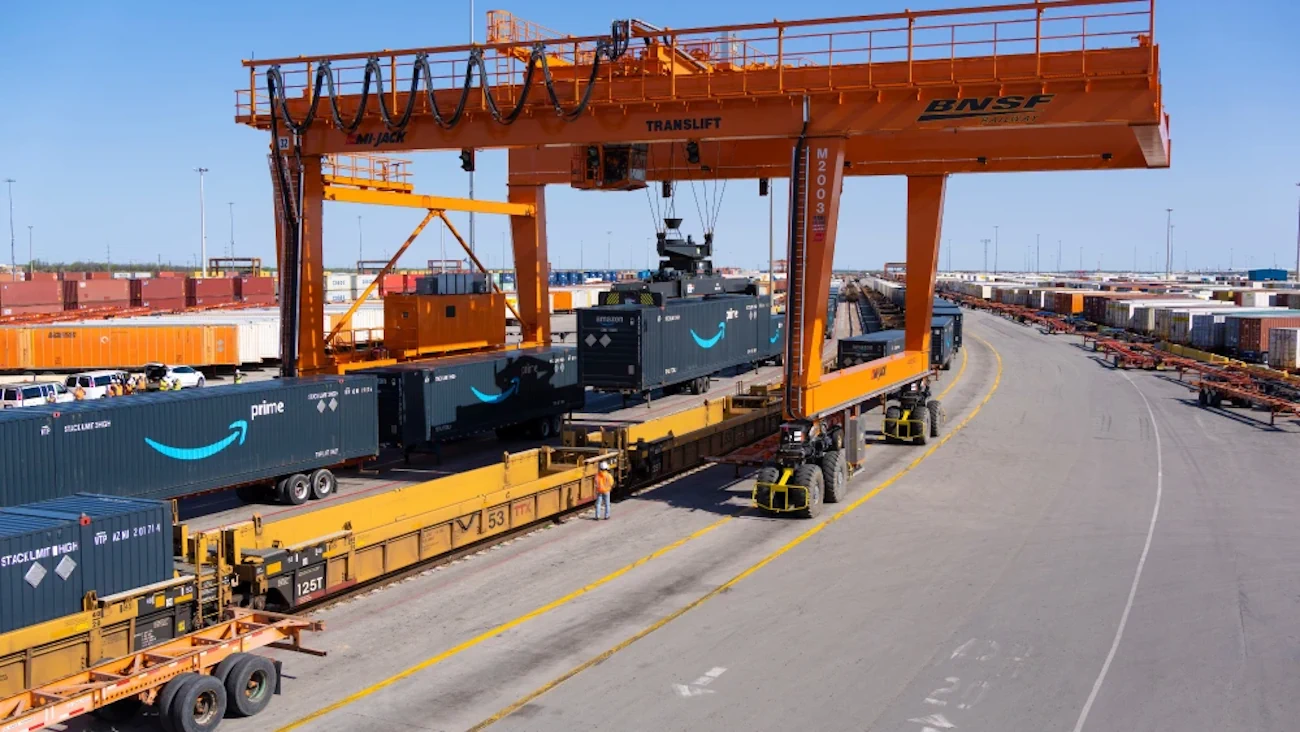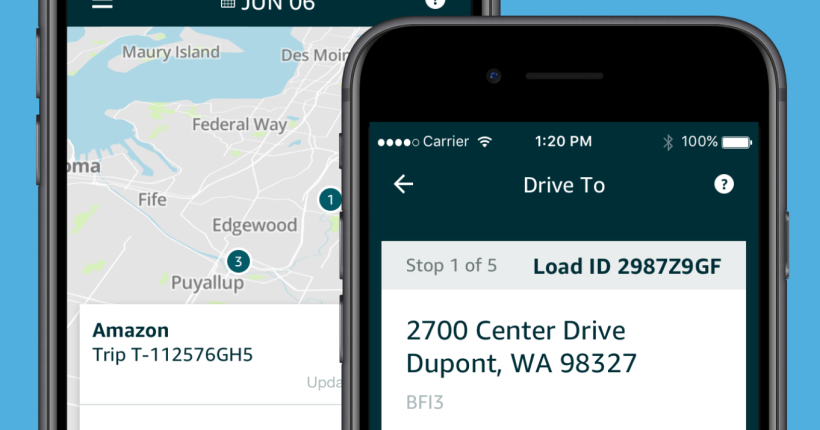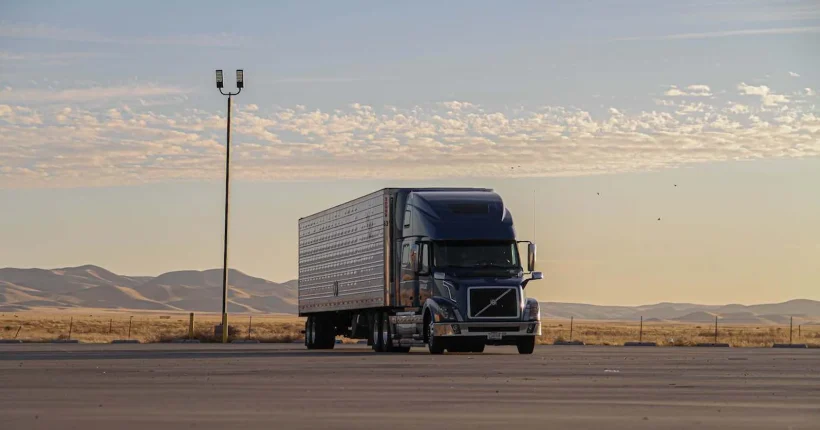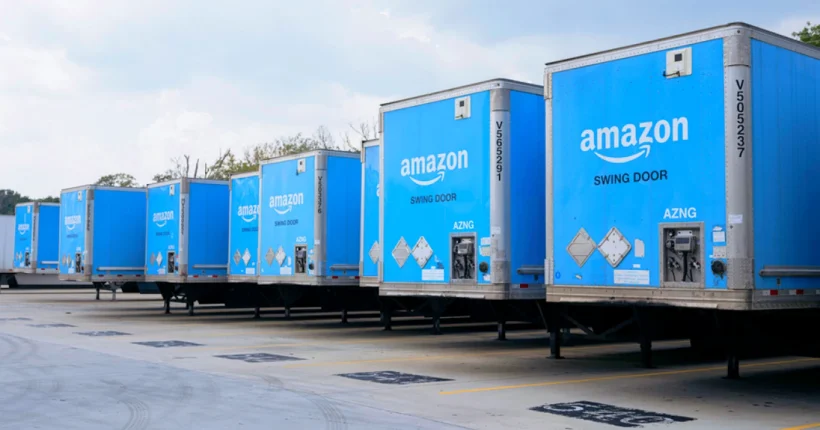

The Amazon Intermodal Platform
-
-
December 26, 2024
-
-
The Amazon intermodal platform offers carriers daily orders for local deliveries. These loads are routed to rail hubs and back, making them shorter and easier to plan—usually taking less than 3 hours one way.
Do you prefer local deliveries? Read on to learn whether your business is a good fit for working with Amazon and whether you should consider adding the UIIA (Uniform Intermodal Interchange Agreement) addendum to your operations.
What is Amazon Intermodal?
The term “intermodal transportation” refers to the use of multiple types of transportation to deliver goods. The cargo transitions from truck to train or ship, and then back to a truck for the final delivery stage. Working within Amazon intermodal requires a Uniform Intermodal Interchange Agreement (UIIA) certificate and specialized equipment to move containers from ports or rail yards.
If you have a class 8 truck and are accustomed to working with 53-foot trailers, consider expanding your business to intermodal transportation.
Equipment for Amazon Intermodal
- Intermodal Trucks: All Amazon orders are carried out on a “power-only” basis, meaning the carrier only needs a class 8 driver and truck that meets Relay standards.
- Chassis: This is a wheeled frame used to move containers. Amazon partners with railroads and provides chassis for all loads, so carriers do not incur additional costs for renting them.
- 53′ Containers: These large metal boxes are used to transport goods. Amazon allows drivers to pick up containers without the need to provide their own equipment.
Amazon truck
Benefits of Working with Intermodal
Intermodal transportation offers unique advantages for carriers:
- Eco-friendliness: Intermodal transportation reduces carbon dioxide emissions by 75% compared to traditional trucking. This is part of Amazon’s initiative to achieve net-zero carbon emissions by 2040.
- Short distances: Amazon intermodal orders typically involve short hauls between Amazon facilities and rail hubs.
- Speed and convenience: Most shipments are organized under a drop/drop scheme, where containers are already loaded onto the chassis.
How to Find Intermodal Loads?
All Amazon intermodal loads can be booked through the Relay web platform or mobile app:
- Load Board: Select suitable orders by filtering them based on container type and your certification.
- Contracts: Book work weeks or months in advance for a predictable schedule.
- Post A Truck: Create automatic submissions based on your rate and time.
What is Drayage?
Requirements for Working with Intermodal
To work with intermodal, carriers must meet the following requirements:
- UIIA certification and additional agreements with Amazon’s rail operators.
- Compliance with intermodal insurance requirements.
- Completion of Amazon’s online intermodal safety course.
Intermodal: Expand Your Business
With each passing day, Amazon intermodal opportunities are expanding, offering carriers new routes and more orders. Start by registering on the website, then download the Relay app for iOS or Android to track the application process. For more information, check out the FAQ on how to become an intermodal carrier.
Categories
- Amazon Relay 9
- Dispatch 4
- Logistic 5
Recent Posts
Understanding the U.S. Truck Dispatcher Average Salary
How Dispatchers Help Optimize Freight Costs in the USA
Related
Related Posts
-
January 8, 2025
-
January 7, 2025
-
January 7, 2025
-
December 26, 2024










